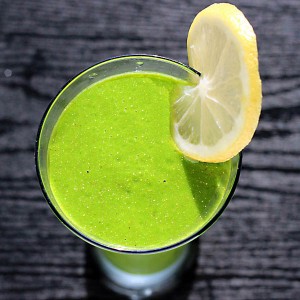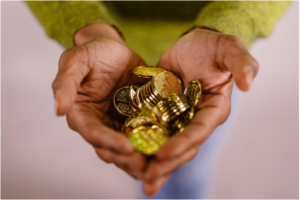What to Know About Magic Mushrooms Use
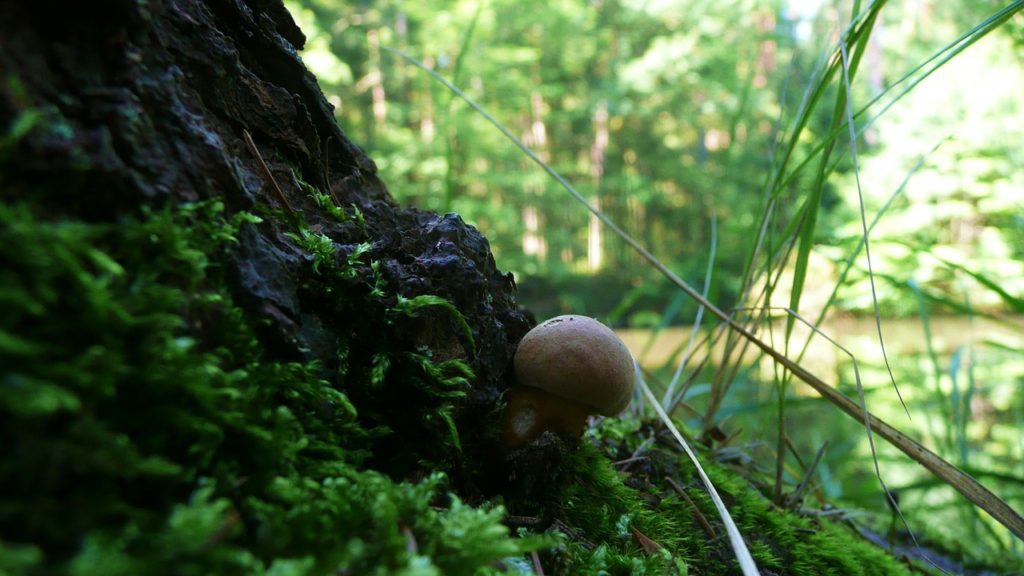
Long before Alice in Wonderland made “magic mushrooms” popular, these fungi were used for medicinal purposes—and getting buzzed.
‘Shrooms are labeled as “psychedelic drugs” and classified as a Schedule I substance by the DEA. New research shows that psychedelics could benefit mental illnesses, though. With that evidence, the previous views on magic mushrooms may be changing.
So now that they’re making headlines again, what should you know about using ‘shrooms yourself? This guide gives you all the essential facts about the legal stats and how research is changing how we view magic mushrooms.
Contents
1. There Are Different Types of Mushrooms
We already know there are thousands of kinds of mushrooms in general. Did you know there are various types of “magic” ones?
Hunting for magic mushrooms on your own is a dangerous hobby. Not all mushrooms are edible, and some are incredibly lethal.
In general, if you find a wild fungus and debate on eating it, look for smooth, light-colored caps. Poisonous mushrooms tend to have raised scales or bumps (referred to as warts) on them.
But even if you find an edible mushroom, it’s possible that the plant could be “magic,” resulting in the mind-altering buzz you wanted. These shrooms fall under a category called “Psilocybes.”
2. Where Psilocybin Shrooms Grow
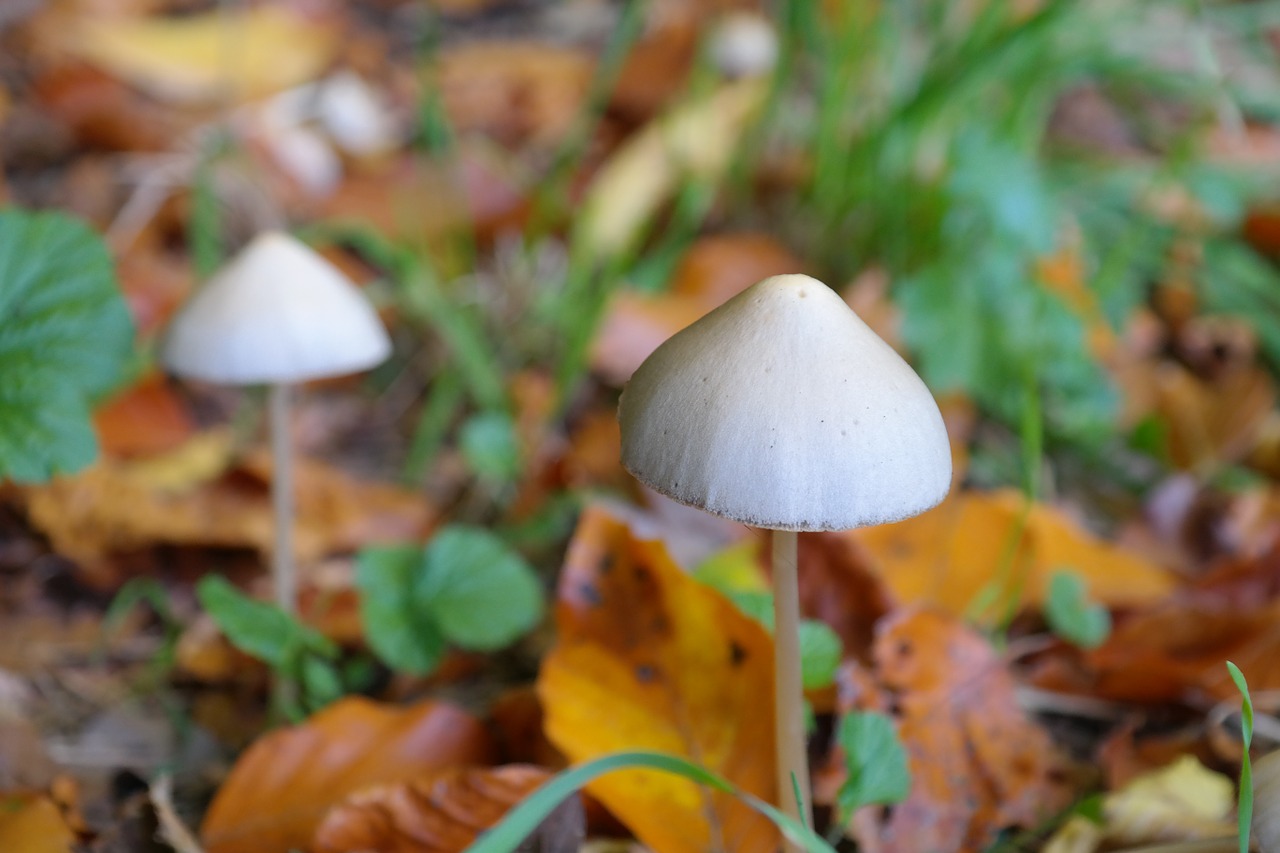
The hunt for Psilocybin mushrooms leads seekers to environments in the tropics or subtropics. The species of fungus grows best in places like meadows or woods, where the soils are full of rich nutrients.
Every continent has magic mushrooms somewhere if you know where to look. Your best bet is to search forests in subtropical areas, where it’s humid but not too hot.
You’ll find mushrooms like Liberty Caps, Conical Caps, Golden Teachers, and Flying Saucers. They all have official mushroom terms in the Psilocybin family; however, most people call them by their magic names.
3. How Psilocybin Works on the Brain
Scientists are still attempting to learn how psilocybin causes the brain to change its behavior. What is known is that someone on psychedelics doesn’t respond as their brain was programmed to behave.
In the brain, our neurons communicate through a neural pathway, similar to a busy highway. These neurons are responsible for how we think, see, and judge things and what we remember.
Biological Changes in the Brain
Psilocybin stimulates the way these neurons communicate with each other in some areas. More importantly, it reduces the brain’s focus on self-reflection and inner thinking. This is the area that is overly stimulated with depression and addiction.
Without too much focus on the independent self, a person can begin to redefine how they view the world. They begin to adjust their views and open up to what’s outside them in ways they previously couldn’t.
4. Psilocybin Therapy and the Potential for Results
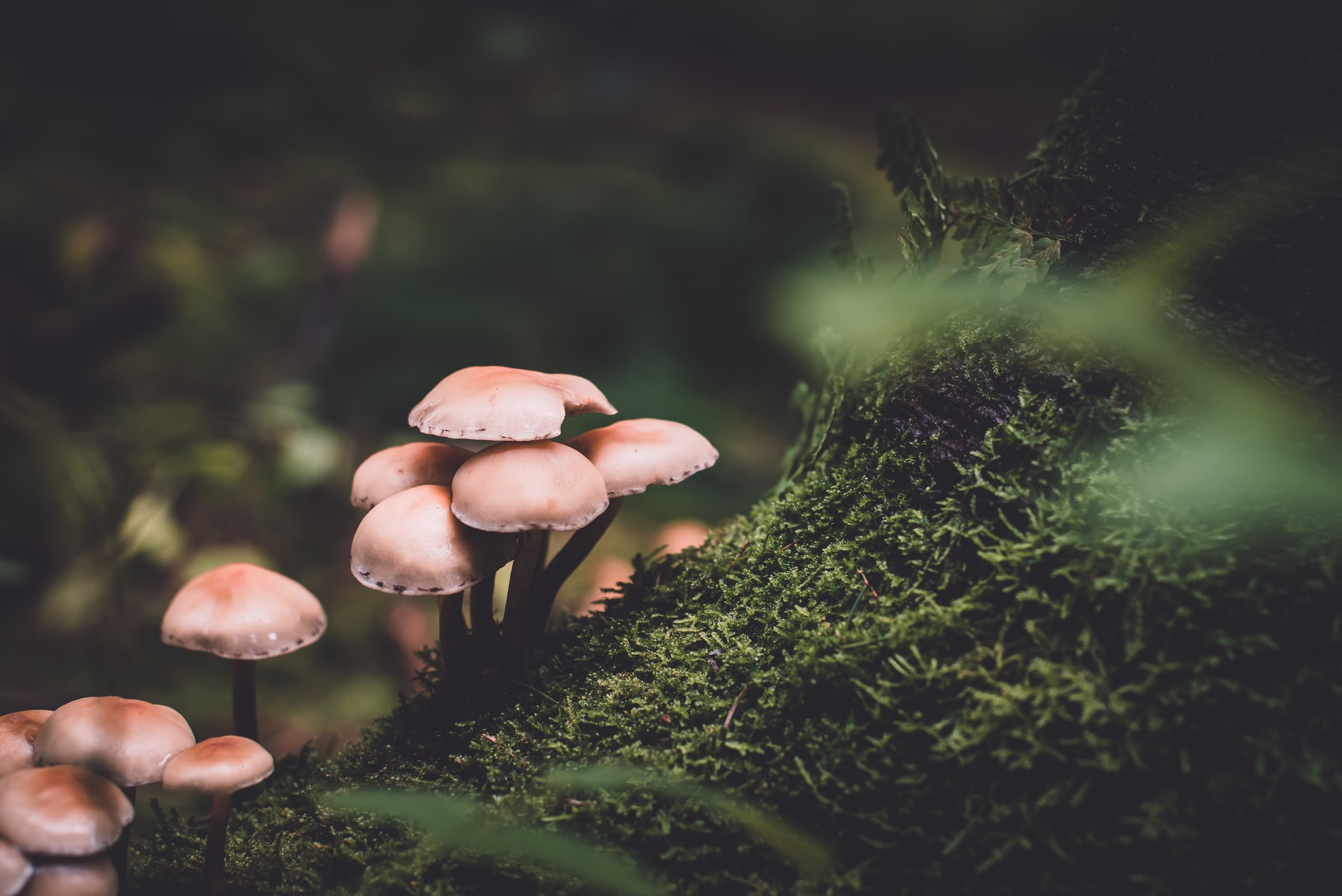
Well-meaning parents caution every child to avoid eating mushrooms randomly. Somewhere along the way, we learned that some fungi are healthy, some are deadly, and others are, well, magical.
These magic mushrooms were quickly thrown on the “illegal substance” list in 1970. Once there, like with marijuana, researchers had a hard time using them in experiments.
Recently, though, prominent facilities, including Johns Hopkins University’s Center for Psychedelic & Consciousness Research, received permission for further study.
Potential Medicinal Uses of Magic Mushrooms
Psychedelics like psilocybin show promising results in the psychological field. They may help with opioid addiction, PTSD, Lyme disease, and other previously difficult to treat conditions.
Addiction is a massive avenue of interest. People with dependency on tobacco, alcohol, and heavy drugs have been able to quit after psilocybin therapy.
It doesn’t stop there. Studies on the effects of psilocybin as a treatment for depression, anxiety, anorexia, obsessive-compulsive disorder, and other mental conditions are in process.
With so many potential benefits and very minimal side effects, it may be time to reclassify magic mushrooms.
5. Reclassifying Magic Mushrooms
The reason drugs make it onto the DEA list as a Schedule I is that they’re thought to have a high risk of abuse and low safety ratings. Modern research from places like Johns Hopkins is challenging this view of magic mushrooms.
Many researchers want to reclassify psilocybin as a Schedule IV drug. This would mean the psychedelic could be given out as a prescription under strict control.
What Reclassifying Would Mean
It’s not the first call for reclassification of drugs going on today. Marijuana is already in the headlines as the world reforms its perspective on cannabis.
Reclassifying psychedelics would allow more people to benefit from the drug. It would also give researchers increased ability to study it. Psilocybin has minimal harm to the users and an extremely low potential for overdose.
But until it is officially reclassified, buying or selling magic mushrooms is still illegal. If you’re in an area where they grow naturally, you’re safe to pick and eat them. The trick is to make sure you know your edible fungi first!
Conclusion
Views on magic mushrooms are colored by decades of stereotypes. These perspectives are evolving now that we have proof of the extreme benefits and minimal side effects.
Chances are, you’ll see psilocybin shrooms leave the Schedule I drug list over the next few years. For now, though, consume them at your own legal and health risk!



